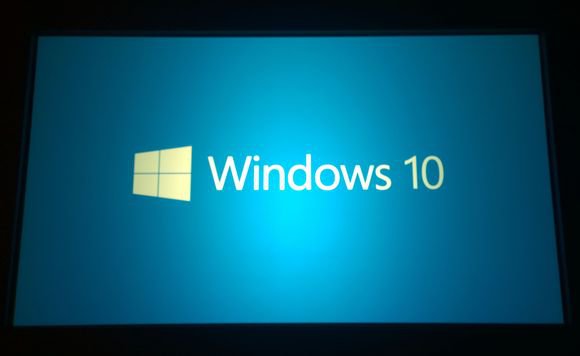Alan: If you ever suffered the nightmare of Window's 8, rest assured: Windows 10 lets you use "the traditional" Window's 7 screen, or what many users considered the nearly paralytic Windows 8 "tile" screen.
An offer you can't refuse
Actually, before we dig into Windows 10’s new features, let’s talk about something perhaps even more important: Its price. Windows 10 will be a completely free upgradefor current Windows 7 and Windows 8 users who upgrade within a year of the new operating system's debut (which will happen around early fall).
You can’t beat that price. And once you’ve claimed the upgrade, you’ll continue to receive updates for the supported life of your device.
Cortana comes to PCs
Cortana, Microsoft’s smart, sassy virtual assistant in Windows Phone 8.1, is making the leap to PCs, and she actually looks pretty darn handy. She’ll get her own place next to the Start button in the desktop taskbar, waiting to respond to search queries delivered in natural language via voice or text.
If you ask Cortana “Will I need a coat tomorrow?” her Bing-powered brains will let you know after searching the Web for a weather forecast. She’ll also be able to search your local storage, OneDrive, or business network to answer queries like, “Show me pictures from December,” and “Find PowerPoint slides about [event].” Now thatsounds useful.
Project Spartan
Cortana will also be featured in Windows 10’s Spartan—a new browser built around a new rendering engine. Spartan, as the name implies, shakes off Internet Explorer’s legacy cruft, delivering an uncluttered Web experience. Support for an enhanced Reading Mode (already found in Windows 8’s Metro IE app) clears junk and ads to present a more readable Web page. Spartan will also include a Pocket-esque Reading List that lets you save articles for later, complete with offline support.
Cortana will chime in on Spartan—bringing up the menu and directions when you’re looking at a restaurant's website, for instance. The browser will also let you annotate or mark up Web pages, then send the results to others (as shown at left).
Windows Holographic
Now this was unexpected: Microsoft’s taking on augmented reality with its new Windows Holographic initiative, which overlays smart, timely info atop the physical world—kind of like a more robust version of Google Glass.
Windows Holographic is comprised of three major parts: HoloLens, a wires-free headset that packs its own CPU, GPU, and the newly coined HPU (Holographic processing unit); Windows Holographic, which will enable 3D imaging in Windows 10; and HoloStudio, an application that will let you create your own holograms. You have to check this out.
Surface Hub
Another out-of-the-blue, radical hardware announcement, the Surface Hub is an 84-inch, 4K, touch-enabled display designed to drive office collaboration. Basically the biggest freaking Windows tablet you’ve ever seen, the Surface Hub is packed with connective technologies—Bluetooth, Wi-Fi, motion detectors, a camera, microphone, you name it—along with one of the most seamless ways to join a web meeting that we’ve ever seen.
If you’re curious, Jon Phillips has more details about the wall-dominating Surface Hub.
Office apps get universal
Some key details about the touch-friendly Office software were revealed during the Windows 10 event. The Windows RunTime functionality built into “Metro” apps will make the Windows 10 Office suite responsive to the device type you’re using, and it will enable modern gesture controls in stalwarts like PowerPoint and Outlook. Tapping into Windows 10’s wider capabilities, Cortana will be able to help find specific appointments in the Calendar app or Outlook messages stored on an Exchange server.
Modern Office apps are taking forever to appear, but at least they’re looking polished. Windows 10 will include Office for free on phones and small tablets, much as Windows 8 does now.

No comments:
Post a Comment